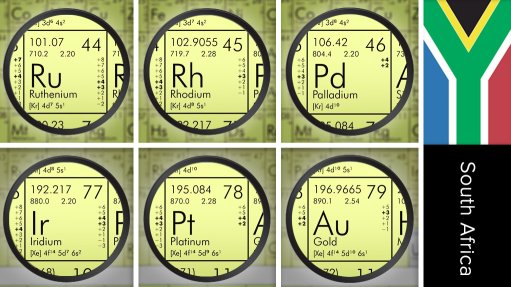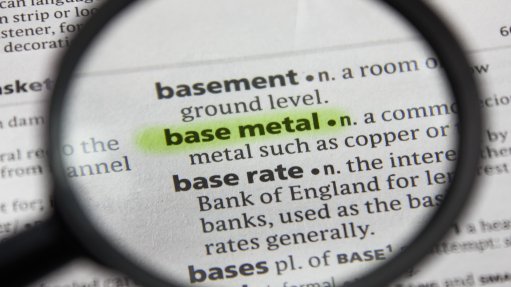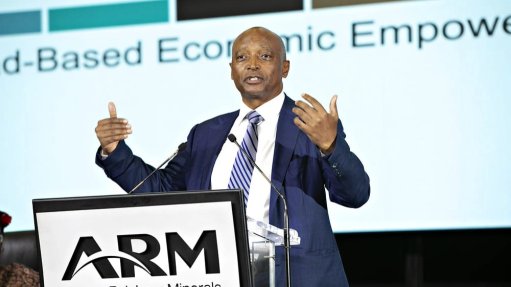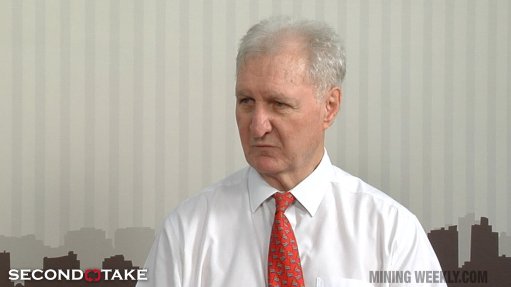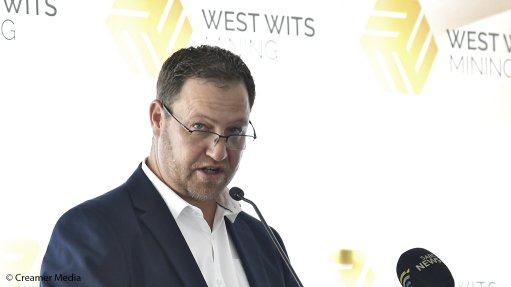Focus on South Africa’s own green hydrogen market first, Air Products recommends


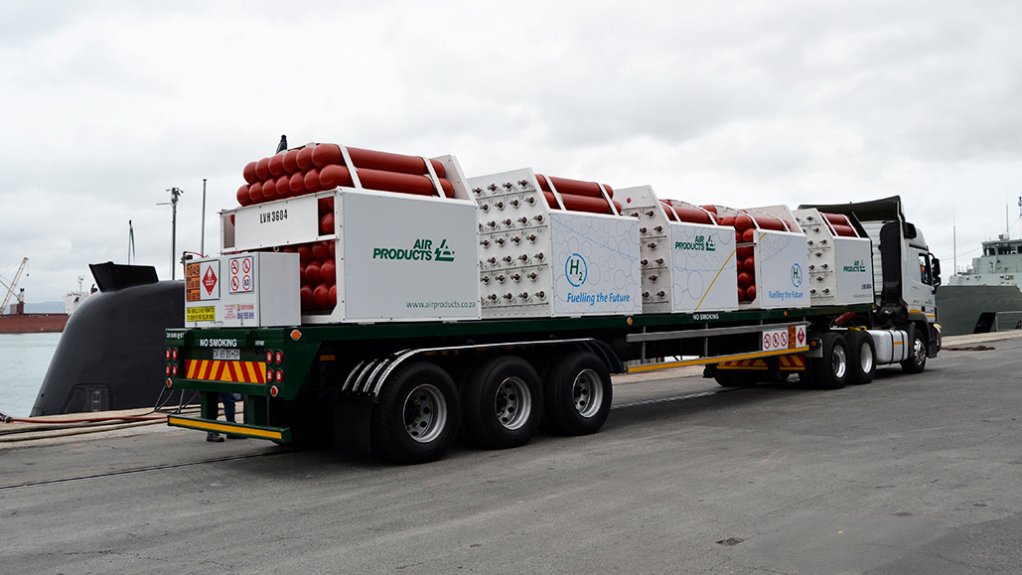
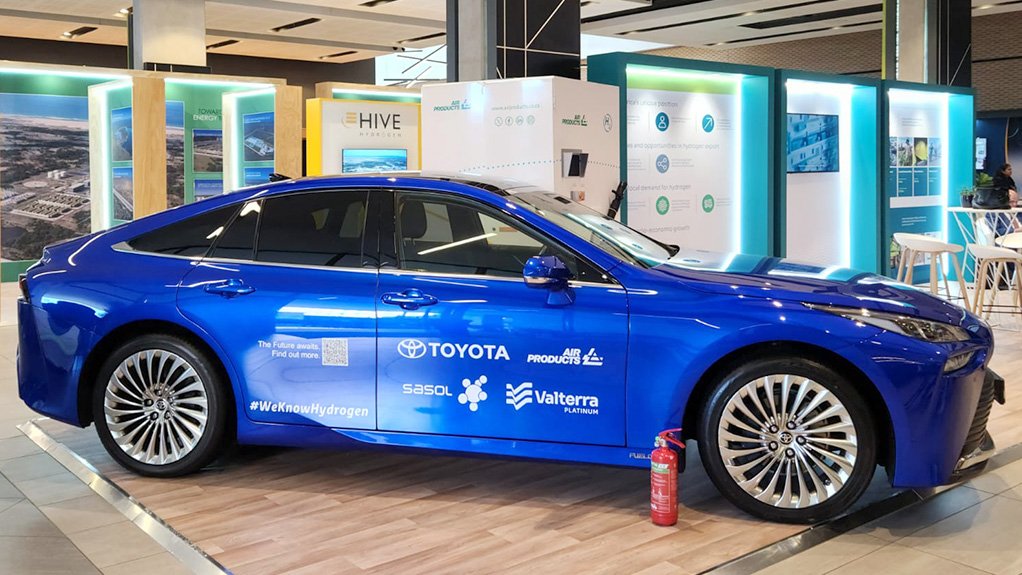
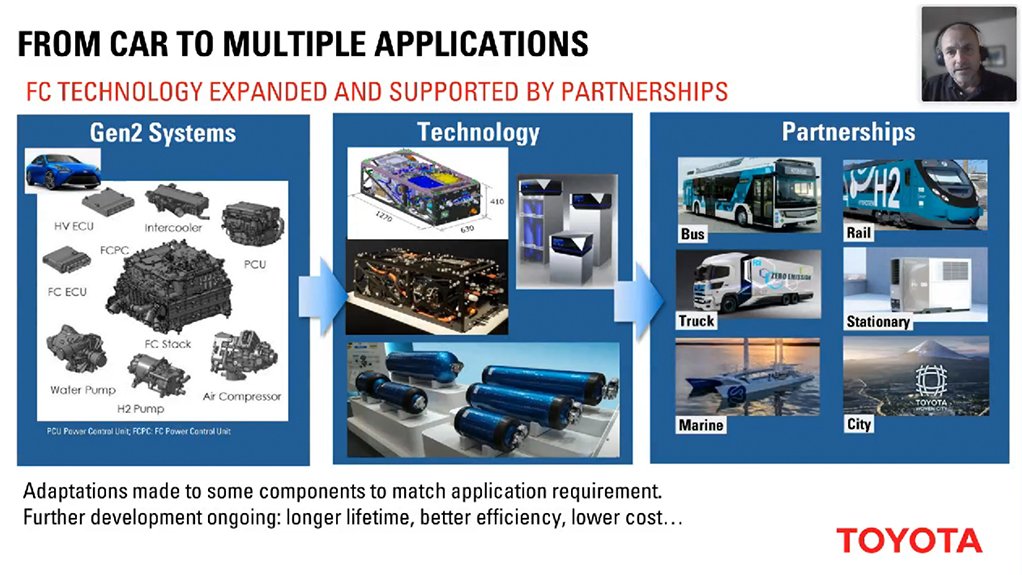
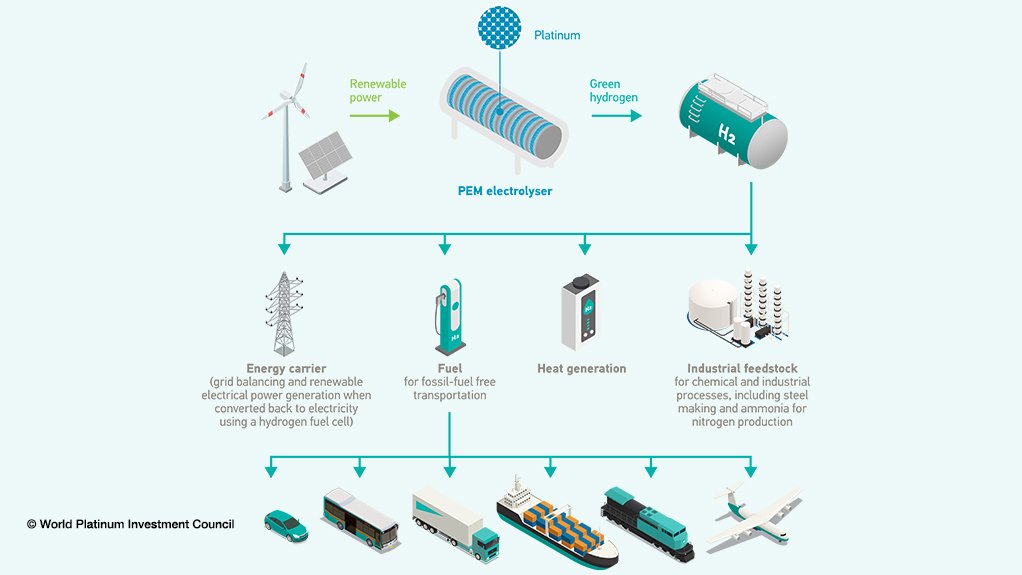
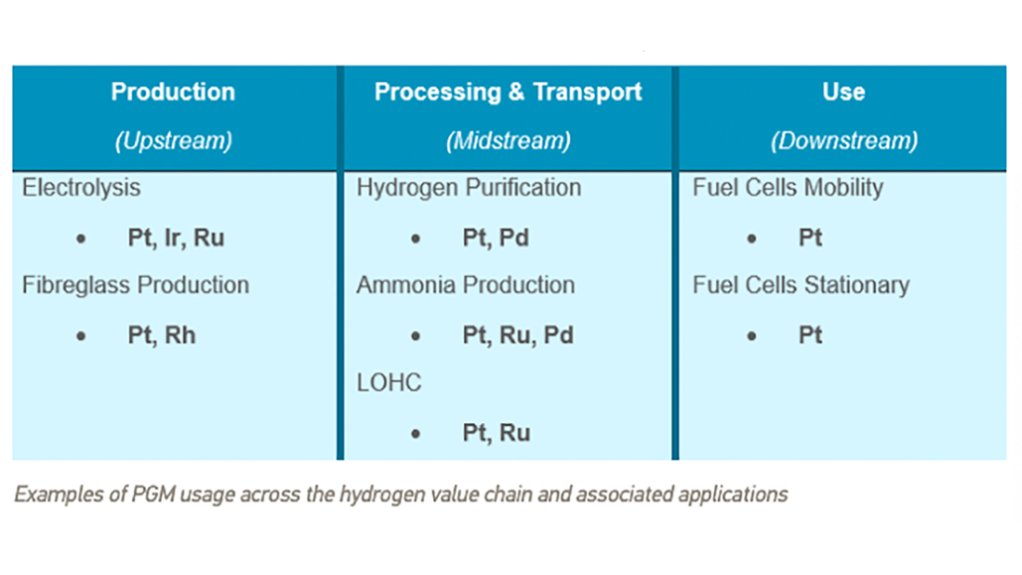
Energy Minister Dr Kgosientsho Ramokgopa, Air Products GM marketing Arthi Govender and Air Products MD Charles Dos Santos at the Green Hydrogen Summit where Toyota, Valterra Platinum and Air Products showcased in partnership.
Transportation of green hydrogen by Air Products.
Toyota, Valterra Platinum, Air Products showcasing together in Cape Town.
Toyota outlines hydrogen applications from cars to many other applications.
Green hydrogen offers holistic decarbonisation across a very broad front.
Photo by World Platinum Investment Council
Platinum usage across the green hydrogen value chain.
Photo by World Platinum Investment Council
JOHANNESBURG (miningweekly) – South Africa should initially focus intently on its local green hydrogen market rather than the global market, and progress at its own pace, which has the potential to give it a global lead.
Air Products MD Charles Dos Santos makes this point strongly in a sponsored post that is currently being videod on the website of Mining Weekly’s associate Engineering News publication, within the context of the Green Hydrogen Summit in Cape Town, where Toyota, Valterra Platinum and Air Products showcased together.
“We have an opportunity to develop our own green hydrogen economy without a dependency on the global dynamics,” Dos Santos points out in the video interview, “so let's focus on our own market, and as those global markets look to diversify the risk of their supply chain, we will participate in it. It's inevitable.
“But in the short term, the focus should be on our own localised requirements rather than relying on international demand to create a justification for the multiple projects that we're looking at in the region,” Dos Santos advocates.
If South Africa can consume the green hydrogen that it generates where it creates it, significant value chain costs can be avoided in early emergent marketing stages.
“We've got all the right credentials in terms of resources, renewables, platinum, and the ability to generate the large amounts of energy that are required to produce the green hydrogen and whatever derivatives thereof.
“With South Africa's credentials, I'm very confident we're going to be a lead player in the greener hydrogen economy globally, but it's a big timing issue. From a local green hydrogen economy, it's very easy to piggyback global developments and to build on or to top up whatever we do locally. We’re going to be more globally competitive by progressing at our pace,” Dos Santos emphasises.
In the sponsored post, it is posited that replacing the large volumes of grey hydrogen already consumed in South Africa with green hydrogen presents an immediate baseload domestic market.
“If you can create a significant baseload with either existing users or high-volume users, that has a huge impact in motivating the economic development and the economic success of a particular project. That baseload is where it exists and we're fortunate in South Africa to have companies like Sasol and others who are already large consumers of hydrogen. That gives us a baseload opportunity so that when you do generate this green hydrogen, there's already an outlet and you don't have to wait for the longer-term developments that you would, for example, need for the mobility case, which is a great case. It's just time and effort that's going to be required to develop it.
“And then also in other areas where new technologies have still to be commercialised. For instance, going through to green steel, there's still development work needing to be done before that becomes a reality. But, here and now, there are opportunities immediately to produce green ammonia, or do refining using green hydrogen, or atmosphere inerting environments that could immediately change to green hydrogen without any investment being needed in the end-user operation.”
GREEN FINANCE
Interestingly, the Climate Policy Initiative and GreenCape have prepared a technical report for South African’s National Treasury on Assessing International Interoperability and Usability of the South African Green Finance Taxonomy. This report provides recommendations to ensure that South Africa’s Green Finance Taxonomy remains a globally competitive framework for sustainable finance.
As climate finance flows increase, seamless cross-border investments are seen as being crucial to achieving national and global net zero targets. South Africa’s Green Finance Taxonomy is said to align with international taxonomies, covering broad environmental objectives and economic sectors, particularly in climate change mitigation, reinforcing its compatibility with global taxonomies and the Paris Agreement.
Moreover, a report by Standard Bank, and financial advisory company, Cresco, calls on South Africa to increase renewable-energy projects at a “dramatic rate” to achieve carbon neutrality by 2050.
GREEN HYDROGEN VISION
South Africa identifies green hydrogen as an essential component of its energy transition plan and the global commitment to decarbonise its economy, as outlined in this country’s Hydrogen Society Roadmap.
South Africa is displayed in the roadmap as having the competitive advantage to produce and export green hydrogen energy and aims to work on the existing opportunities to directly replace the hydrogen produced from natural gas with green hydrogen. The implementation of the hydrogen roadmap is in line to tackle electricity supply issues and support inclusive growth and assist government to reduce unemployment, poverty, and inequality.
If South Africa fully implements the roadmap, it is estimated that 20 000 new jobs will be created in South Africa as part of the adoption of the hydrogen economy.
Last week, South Africa’s Hive Hydrogen Coega green ammonia project secured up to $20-million from the Netherlands, Denmark and South Africa with the launch of the SA-H2 Fund, a blended finance facility aimed at accelerating the green hydrogen economy.
In addition, South Africa’s State-owned Public Investment Corporation asset manager, South Africa’s State-owned Industrial Development Corporation, and the Development Bank of Southern Africa have committed R656-million to the SA-H2, for the Coega green ammonia project that is heading for financial close in the second half of 2026 and the start of commercial operations in 2029.
SA-H2’s funding will cover engineering, procurement and construction selection, front-end engineering design and will also support advanced stage permitting and environmental- and social-impact assessments. SA-H2 will also have the right to invest up to $200-million in construction funding.
Article Enquiry
Email Article
Save Article
Feedback
To advertise email advertising@creamermedia.co.za or click here
Press Office
Announcements
What's On
Subscribe to improve your user experience...
Option 1 (equivalent of R125 a month):
Receive a weekly copy of Creamer Media's Engineering News & Mining Weekly magazine
(print copy for those in South Africa and e-magazine for those outside of South Africa)
Receive daily email newsletters
Access to full search results
Access archive of magazine back copies
Access to Projects in Progress
Access to ONE Research Report of your choice in PDF format
Option 2 (equivalent of R375 a month):
All benefits from Option 1
PLUS
Access to Creamer Media's Research Channel Africa for ALL Research Reports, in PDF format, on various industrial and mining sectors
including Electricity; Water; Energy Transition; Hydrogen; Roads, Rail and Ports; Coal; Gold; Platinum; Battery Metals; etc.
Already a subscriber?
Forgotten your password?
Receive weekly copy of Creamer Media's Engineering News & Mining Weekly magazine (print copy for those in South Africa and e-magazine for those outside of South Africa)
➕
Recieve daily email newsletters
➕
Access to full search results
➕
Access archive of magazine back copies
➕
Access to Projects in Progress
➕
Access to ONE Research Report of your choice in PDF format
RESEARCH CHANNEL AFRICA
R4500 (equivalent of R375 a month)
SUBSCRIBEAll benefits from Option 1
➕
Access to Creamer Media's Research Channel Africa for ALL Research Reports on various industrial and mining sectors, in PDF format, including on:
Electricity
➕
Water
➕
Energy Transition
➕
Hydrogen
➕
Roads, Rail and Ports
➕
Coal
➕
Gold
➕
Platinum
➕
Battery Metals
➕
etc.
Receive all benefits from Option 1 or Option 2 delivered to numerous people at your company
➕
Multiple User names and Passwords for simultaneous log-ins
➕
Intranet integration access to all in your organisation












